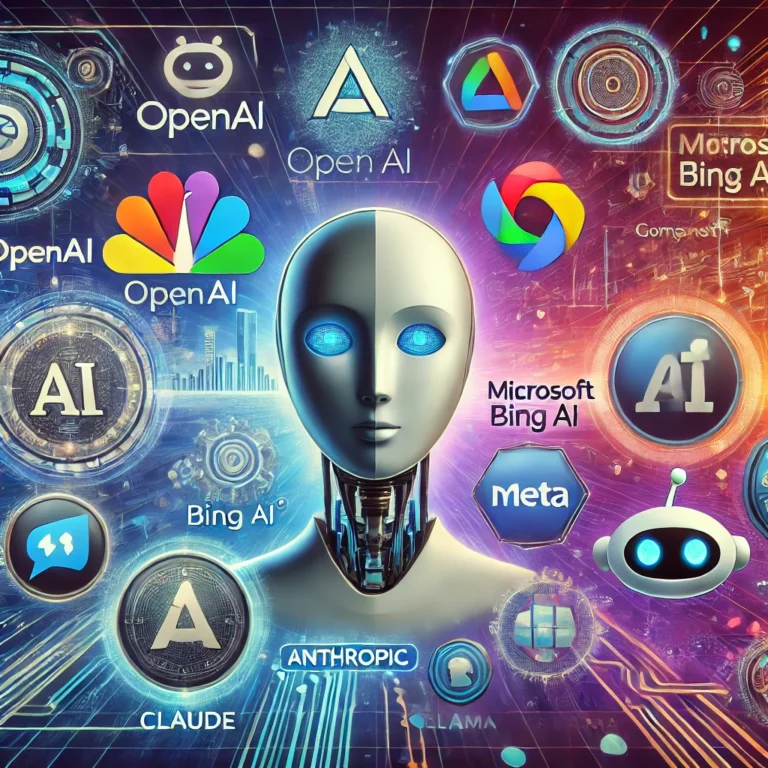What is Block chain and how can we understand it !
What is Blockchain?
Blockchain is a decentralized and distributed digital ledger technology that records transactions across many computers in a way that ensures the data is secure, transparent, and cannot be altered retroactively. At its core, blockchain is designed to enable trust in a system where participants might not trust each other. The most famous application of blockchain technology is Bitcoin, but blockchain has since evolved to power a wide range of applications beyond cryptocurrencies.
In a blockchain, data is stored in blocks, and each block contains a batch of transactions. These blocks are chained together in chronological order, creating a permanent record of all transactions that have occurred on the network. Each block contains a cryptographic hash of the previous block, a timestamp, and transaction data, ensuring that any changes to one block would invalidate the entire chain, making it virtually impossible to alter historical records.
Key Features of Blockchain
- Decentralization: Traditional databases like those used by banks are centralized, meaning a single entity controls the data. In contrast, blockchain is decentralized, meaning no single entity has full control. Instead, every participant (node) in the network maintains a copy of the entire blockchain.
- Immutability: Once a block is added to the blockchain, it is nearly impossible to alter it. This makes blockchain highly secure, as no single entity can tamper with the records.
- Transparency: Blockchain technology is transparent, allowing all participants in the network to view transactions. While some blockchains, like Bitcoin, are public, others may be private or permissioned, where only authorized individuals can access the ledger.
- Consensus Mechanism: In a blockchain, decisions about adding new blocks to the chain are made through consensus mechanisms. The most common consensus algorithm is Proof of Work (PoW), used by Bitcoin, where participants (miners) compete to solve complex mathematical problems to validate transactions and add them to the blockchain. Other consensus algorithms include Proof of Stake (PoS) and Delegated Proof of Stake (DPoS).
Applications of Blockchain
- Cryptocurrencies: The most well-known use case is cryptocurrency, where blockchain underpins digital currencies like Bitcoin, Ethereum, and others. Blockchain allows for peer-to-peer transactions without the need for intermediaries like banks.
- Supply Chain Management: Blockchain can enhance transparency and traceability in supply chains. Companies can track products from the point of origin to the consumer, ensuring authenticity and reducing fraud.
- Smart Contracts: A smart contract is a self-executing contract with the terms directly written into code. Smart contracts run on platforms like Ethereum and automatically enforce the terms of the agreement without the need for a middleman.
- Healthcare: Blockchain can store medical records securely and provide patients with greater control over their data while ensuring privacy.
- Voting Systems: Blockchain has the potential to create secure and transparent voting systems, reducing the risk of fraud and ensuring the integrity of elections.
- Intellectual Property and Copyright: Blockchain can be used to track ownership of digital assets and intellectual property, reducing instances of infringement.
How to Approach Blockchain
Approaching blockchain technology requires understanding both its potential and its limitations. Here’s a step-by-step guide to adopting or learning more about blockchain:
- Learn the Fundamentals: Start by understanding the core concepts of blockchain, including decentralization, cryptography, and consensus mechanisms. There are many online resources, courses, and books available that can help you grasp the basics.
- Explore Use Cases: Identify areas where blockchain can be applied. While cryptocurrencies are the most well-known use case, blockchain has applications in finance, healthcare, supply chain, and more. Evaluate where blockchain can solve problems in your industry or interest area.
- Choose the Right Platform: If you are looking to develop applications on the blockchain, you need to choose the appropriate platform. For instance, Ethereum is popular for decentralized applications (dApps) and smart contracts, while Hyperledger is often used for enterprise solutions. Research different platforms to see which one aligns with your goals.
- Understand Legal and Regulatory Implications: Blockchain, especially in the context of cryptocurrencies, is subject to regulations that vary by country. Ensure you are familiar with the legal landscape, including data privacy laws, financial regulations, and intellectual property issues.
- Experiment with Cryptocurrencies: If you’re new to blockchain, one of the easiest ways to get involved is by experimenting with cryptocurrencies like Bitcoin or Ethereum. You can start by purchasing small amounts and learning how wallets, exchanges, and transactions work.
- Participate in Blockchain Communities: Blockchain is an evolving technology, and there are vibrant communities of developers, entrepreneurs, and enthusiasts who collaborate on projects. Participating in forums, meetups, and conferences can help you stay informed about the latest developments.
- Develop Skills in Blockchain Development: If you are a developer, learning blockchain programming languages such as Solidity (used for Ethereum smart contracts) can help you build decentralized applications. Blockchain programming is in high demand, and there are plenty of online tutorials, coding boot camps, and platforms where you can practice building blockchain solutions.
- Evaluate the Limitations: While blockchain has significant potential, it also has limitations such as scalability, energy consumption (particularly with PoW algorithms), and regulatory challenges. It’s important to understand these challenges and consider whether blockchain is the best solution for your use case.
Conclusion
Blockchain represents a groundbreaking technology that offers security, transparency, and decentralization across a wide range of applications. From its initial use in cryptocurrency to its evolving applications in supply chain, healthcare, and beyond, blockchain is transforming industries. However, approaching blockchain requires a clear understanding of its underlying principles, potential benefits, and current limitations.
As this technology matures, it will likely reshape the digital landscape, and those who invest in learning and applying it will be at the forefront of innovation. Whether you’re an entrepreneur, developer, or enthusiast, blockchain offers opportunities for exploration and growth in the digital era.






